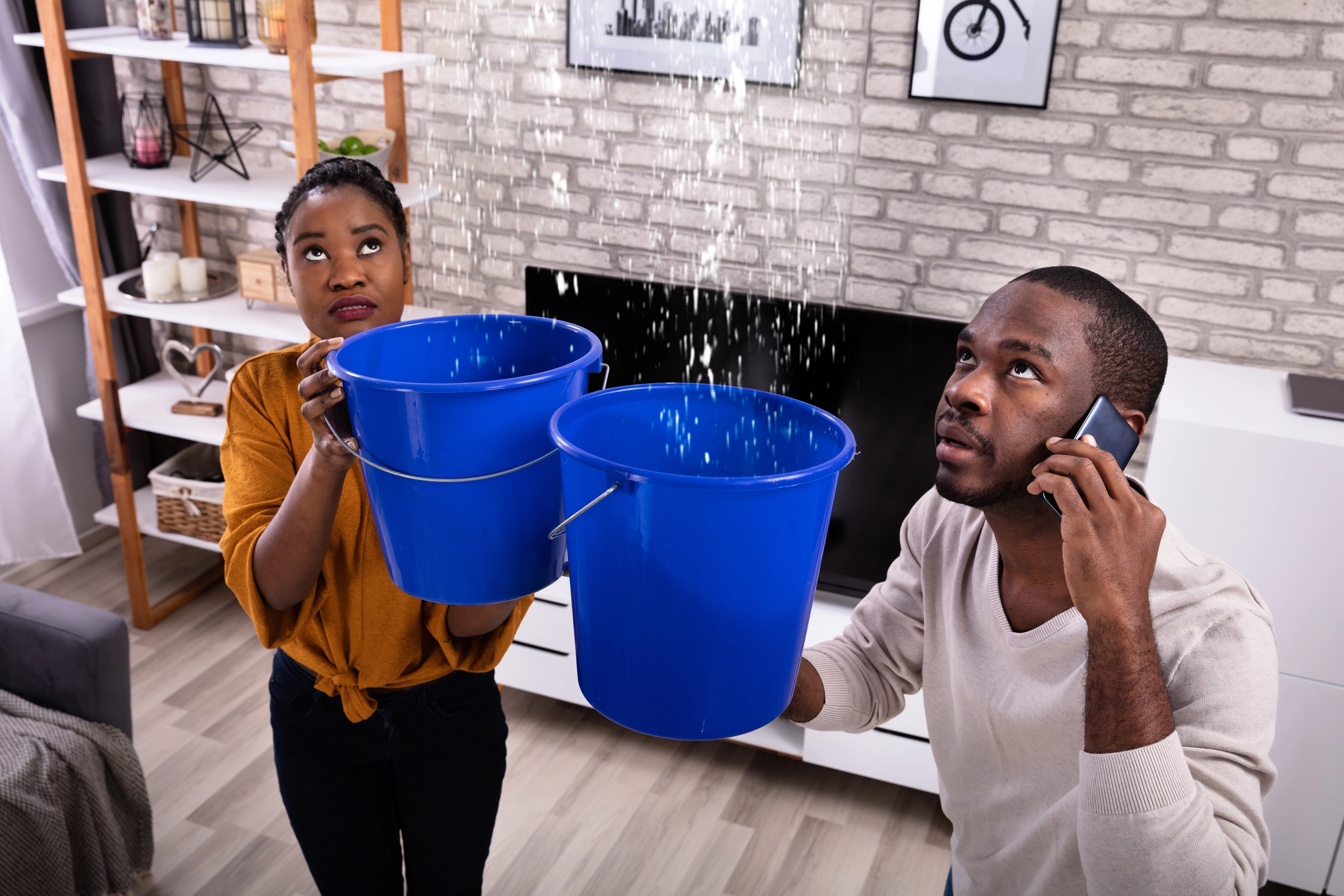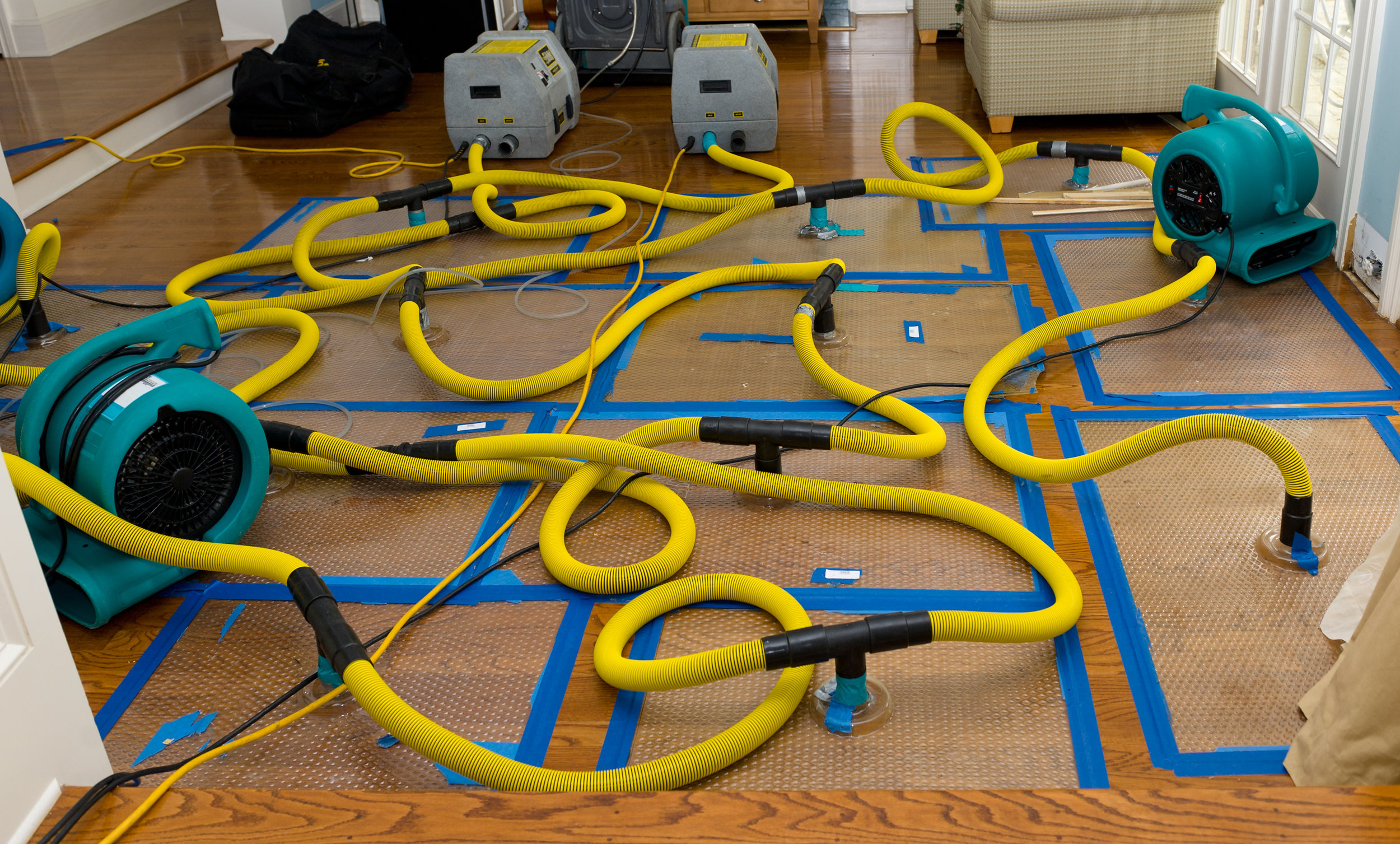How Water Damage Repair Protects Property Value Over Time
Vital Steps to Adhere To for Effective Water Damages Remediation in your house
When confronted with water damage in your home, understanding the vital actions for efficient reconstruction can make all the difference. You require to analyze the damages and guarantee safety and security before taking on the issue. Quiting the resource of water is crucial, but it's simply the beginning. There's a series of actions you have to take to safeguard your property from additional concerns as soon as you have actually taken care of that. Let's explore what you must do following.
Evaluate the Damages
The very first action is to analyze the damage completely when you uncover water damages in your home. Start by determining the source of the water invasion. Look for leaks, ruptured pipelines, or various other concerns triggering the trouble. Next, analyze the impacted locations for visible indicators of damages, consisting of staining, warping, or mold and mildew growth. Do not fail to remember to search in hidden spots like behind walls or under floor covering, as water can leak into these locations unnoticed.Document the damage by taking clear pictures and notes. When talking about the scenario with your insurance coverage supplier or repair experts, this will help you. Pay attention to the kind of products influenced, as various materials require different restoration strategies. Assess the extent of the damages. Is it small or substantial? Understanding the extent will direct you in deciding whether to manage it yourself or call the specialists for a much more extensive remediation process.

Guarantee Safety
Prior to you begin any repair job, assuring your safety and security is important. Evaluate the condition of your home. If the water's deep or if you notice electrical threats, do not go into the area. Switch off the electrical power and gas supply to stop mishaps. Wear protective gear like boots, handwear covers, and masks to shield on your own from contaminants or mold.It's vital to remain mindful of your environments; look for sharp items and slippery surfaces. Treat it as dangerous waste if the water is from a sewage back-up. Keep children and pets far from affected locations to prevent exposure.Once you've taken these precautions, you can continue with the repair procedure. Bear in mind, your safety and security comes first, and if you're ever unclear, it's ideal to get in touch with an expert. Taking these steps will certainly assist guarantee you prepare to tackle the reconstruction safely and properly.
Stop the Resource of Water
After guaranteeing your security, the next step is to stop the source of water. Recognize where the leak is originating from. Maybe a ruptured pipeline, a malfunctioning appliance, and even hefty rain getting in via a harmed roof covering. If it's a plumbing issue, shut off the primary water supply to your home to protect against additional flooding. For devices, unplug them and shut down their water supply valves.If the resource is outside, like rain, attempt to divert it away from your home utilizing sandbags or various other obstacles. For minor leakages, you could be able to make use of tape or a sealant briefly up until an expert can fix it. Bear in mind, attending to the resource quickly is vital to minimizing damages and avoiding mold and mildew development. Once you've stopped the water, you'll remain in a better placement to go on to the following action in the restoration process.

Eliminate Excess Water
Act swiftly to eliminate excess water, as standing water can result in more comprehensive damages and mold development. Initially, collect your devices: a wet/dry vacuum cleaner, buckets, and towels. You can utilize towels to saturate up the dampness if the water is superficial. For deeper water, a wet/dry vacuum is your best option. See to it to empty the vacuum cleaner regularly to avoid overflow.If the water is contaminated, like from a sewage back-up, put on protective gear, including handwear covers and masks, to keep yourself secure. Once you've eliminated as much water as possible, inspect for surprise pockets of dampness in edges and under furnishings, as these can harbor mold.Don' t fail to remember to switch off electric appliances and power electrical outlets in wet areas to stop threats. This first step is vital in decreasing damages and setting the stage for an effective repair procedure.
Dry and Dehumidify the Area
It's necessary to completely dry and dehumidify the area completely when you have actually gotten rid of the excess water. Beginning by using dehumidifiers efficiently to draw wetness out of the air and prevent mold and mildew growth. Watch on moisture levels to ensure the space dries totally.
Get Rid Of Standing Water
To successfully tackle water damages, you require to focus on removing standing water as quickly as feasible. Beginning by gathering required devices, like a wet/dry vacuum or a pump, relying on the volume of water. A vacuum cleaner should do the method if the water is shallow. For bigger amounts, a pump is much more reliable. While working, make sure to wear protective gear to keep yourself risk-free from impurities. As you get rid of the water, pay attention to concealed areas like under furniture or in edges where water could accumulate. Your area will certainly start to dry out once you've gotten rid of the bulk. This step is essential, as lingering water can result in mold development and much more comprehensive damages.
Usage Dehumidifiers Efficiently
Exactly how can you efficiently utilize dehumidifiers to dry and dehumidify your room? Beginning by placing your dehumidifier in the most affected location, ideally where water damages is most extreme. Make certain to close all doors and home windows to create a covered environment. Activate the dehumidifier and established it to the ideal moisture degree, generally around 30-50%. Empty the water collection tank often, or think about making use of a version with a continual drainage option for comfort. If possible, utilize fans to enhance air movement, helping the dehumidifier job extra efficiently. Keep the dehumidifier running up until you're certain that the Get More Information area is extensively dried out, avoiding mold and mildew growth and added damages (Water Damage Restoration St George UT). This action is crucial for reliable water damage restoration
Display Humidity Levels
Surveillance moisture levels is important throughout the drying process, as it aids guarantee your space remains without excess dampness. Invest in a trustworthy hygrometer to track humidity precisely. Preferably, you intend to keep levels in between 30% and 50%. If moisture readings rise over this range, you may require to readjust your dehumidifiers or fans to boost air flow. Examine the readings routinely, particularly in areas susceptible to wetness, like bathrooms or cellars. If you observe persistent high moisture, consider raising air flow or using added dehumidifiers. Remaining on top of these Discover More Here levels not only quickens the drying procedure however additionally avoids mold and mildew development, guaranteeing your home stays comfy and safe.
Clean and Disinfect Affected Surfaces

Bring back and Fix Your Home
After cleansing and decontaminating the impacted locations, it's time to restore and fix your home. Begin by assessing the damage. Look for architectural concerns, like deteriorated walls or floorings, and attend to any necessary repair services. Replacing damaged drywall or flooring is vital for both aesthetics and safety.If your furniture or possessions were affected, consider whether they can be recovered or require replacement. Tidy or properly bring back items where possible.Next, paint walls and touch up any areas that need focus. This not just enhances look however also shields surface areas from future water damage.Don' t fail to remember to examine your plumbing and appliances for leaks, guaranteeing everything's operating effectively. Ultimately, think about mounting a dehumidifier to protect against future wetness problems. By taking these actions, you'll recover your home to its former glory and produce a more secure living environment.
Frequently Asked Inquiries
For How Long Does Water Damage Restoration Commonly Take?
Water damage reconstruction normally takes anywhere from a couple of days to a number of weeks, depending on the extent of the damage (Water Damage Restoration St George UT). You'll desire to examine the circumstance quickly to reduce more problems and guarantee appropriate restoration
Will My Insurance Coverage Cover Water Damage Repair Expenses?
Your insurance coverage may cover water damage restoration costs, but it depends on your policy. Inspect your insurance coverage information visit this web-site and call your insurance policy agent to clarify what's included and what you need to file a case.
Can I Deal With Water Damages Remediation Myself?
You can handle water damage restoration yourself, but it's important to evaluate the circumstance. You might want to call experts if it's extensive. Constantly focus on safety and ensure you have actually got the right tools.
What Are the Signs of Hidden Water Damage?
You could see indicators of hidden water damage like deformed walls, stuffy smells, or staining. If your floorings really feel squishy or you spot mold and mildew, it's time to check out further prior to the situation intensifies.
Just How Can I Stop Future Water Damages in My Home?
To avoid future water damage in your house, you ought to regularly inspect pipes, seal cracks, maintain seamless gutters, and assurance appropriate drain. Mounting a sump pump and wetness barriers can also help maintain your space completely dry. When you find water damage in your home, the first step is to assess the damage completely. Act swiftly to get rid of excess water, as standing water can lead to extra substantial damage and mold and mildew growth. To effectively tackle water damages, you need to concentrate on getting rid of standing water as swiftly as possible. As you remove the water, pay attention to hidden areas like under furniture or in corners where water may accumulate. Water damages remediation commonly takes anywhere from a couple of days to a number of weeks, depending on the degree of the damages.